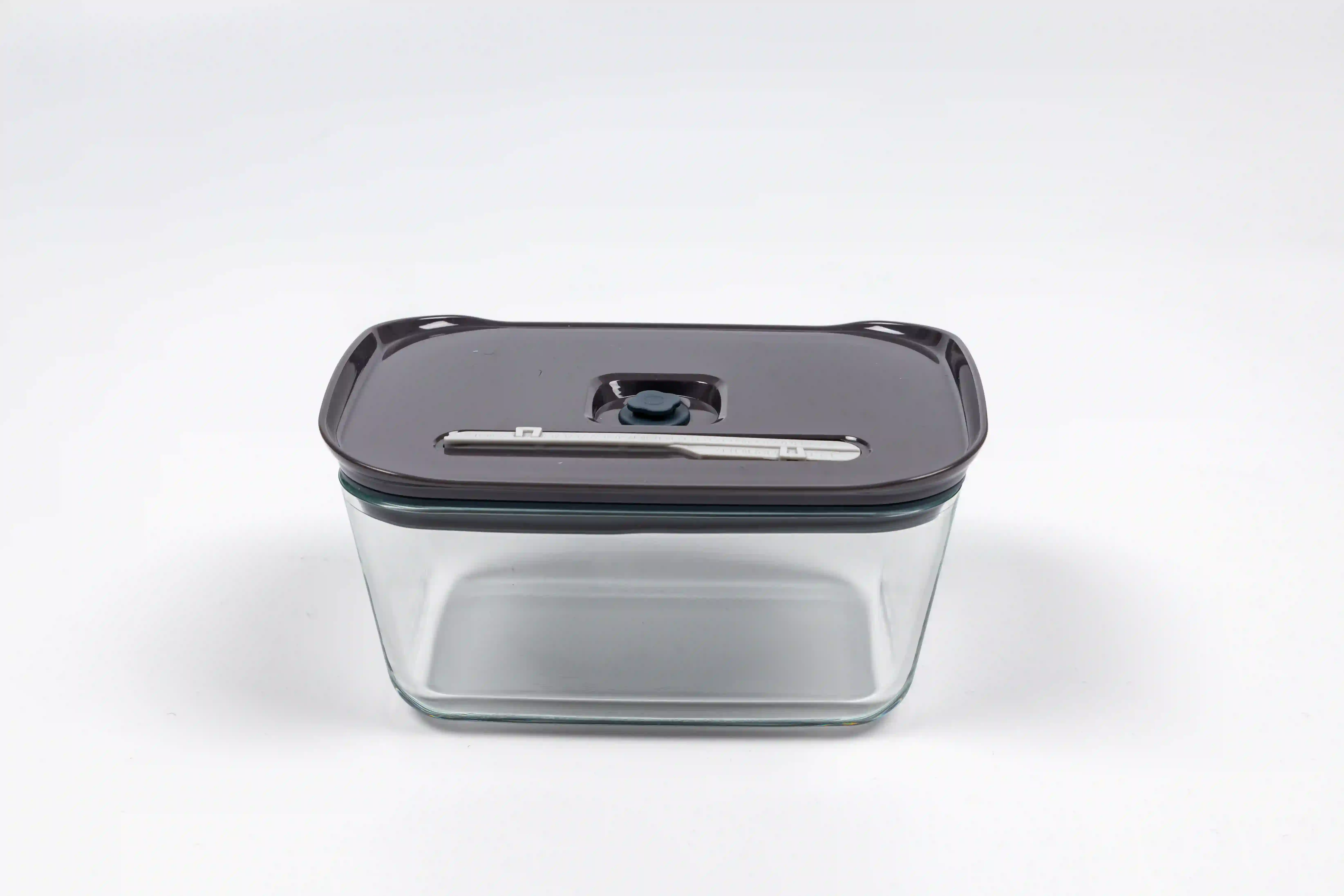When it comes to hiking, the right footwear can make or break your adventure. A comfortable hiking boot not only enhances your performance on the trail but also protects your feet from injuries and fatigue. With countless options available, how do you determine what is the most comfortable hiking boot for your needs? In this comprehensive guide, we will explore the essential features, materials, and considerations that contribute to the comfort of hiking boots, ensuring you make an informed choice for your next outdoor excursion.
Understanding Comfort in Hiking Boots
Comfort in hiking boots is a multifaceted concept that encompasses fit, support, cushioning, breathability, and weight. Each of these elements plays a crucial role in how your feet feel during long hikes. Let’s break down these components to understand what makes a hiking boot truly comfortable.
- Fit: The Foundation of Comfort
The fit of a hiking boot is paramount. A well-fitting boot should feel snug but not constrictive. Here are some tips to ensure you find the right fit:
- Measure Your Feet: Your foot size can change over time, so it’s essential to measure your feet regularly. Consider both length and width, as many brands offer various widths.
- Try Before You Buy: Always try on boots with the socks you plan to wear while hiking. Walk around the store and simulate hiking movements to assess comfort.
- Consider Foot Shape: Different brands cater to different foot shapes. Some may be better suited for wider feet, while others may fit narrower feet more comfortably.
- Support: Stability for Every Terrain
Support is crucial for preventing injuries and ensuring comfort during long hikes. Look for boots that offer:
- Ankle Support: High-cut boots provide additional ankle support, which is beneficial for uneven terrains. If you’re hiking on rocky trails or carrying a heavy pack, this feature is essential.
- Arch Support: A boot with good arch support can help distribute weight evenly and reduce fatigue. Custom insoles can also enhance support if needed.
- Cushioning: Absorbing Impact
Cushioning is vital for absorbing shock and providing comfort over long distances. Here’s what to consider:
- Midsole Material: EVA (ethylene-vinyl acetate) and PU (polyurethane) are common materials used in midsoles. EVA is lightweight and offers good cushioning, while PU is more durable and provides better support.
- Insoles: Many hiking boots come with removable insoles. Upgrading to a high-quality insole can significantly enhance comfort, especially for those with specific foot conditions.
- Breathability: Keeping Feet Dry
Hiking can lead to sweaty feet, which can cause discomfort and blisters. Look for boots with breathable materials:
- Mesh Panels: Many modern hiking boots incorporate mesh panels that allow for airflow while still providing support.
- Waterproof vs. Breathable: Waterproof boots are great for wet conditions, but they can trap moisture. Consider your hiking environment when choosing between waterproof and breathable options.
- Weight: Finding the Right Balance
The weight of your hiking boots can affect your overall hiking experience. Heavier boots may provide more support but can lead to fatigue over long distances. Lightweight boots are easier to wear but may sacrifice some support. Consider your hiking style:
- Day Hikes: For shorter hikes, lightweight boots or trail runners may suffice.
- Backpacking: For longer treks with heavier loads, a more supportive and durable boot is advisable.
Top Brands and Models for Comfort
While personal preference plays a significant role in finding the most comfortable hiking boot, certain brands and models are renowned for their comfort and performance. Here are a few to consider:
- Salomon X Ultra 3 GTX: Known for its lightweight design and excellent traction, this boot features a cushioned midsole and a waterproof Gore-Tex lining.
- Merrell Moab 2: A favorite among hikers, the Moab 2 offers great arch support, cushioning, and a breathable upper, making it ideal for various terrains.
- Lowa Renegade GTX Mid: This boot combines durability with comfort, featuring a supportive midsole and a waterproof Gore-Tex lining, perfect for long hikes.
Conclusion: Your Perfect Hiking Boot Awaits
Finding the most comfortable hiking boot is a personal journey that requires consideration of your unique foot shape, hiking style, and the terrain you plan to tackle. By focusing on fit, support, cushioning, breathability, and weight, you can narrow down your options and find the perfect pair that will keep your feet happy on the trail. Remember, investing in a quality hiking boot is investing in your outdoor experience. Happy hiking!

